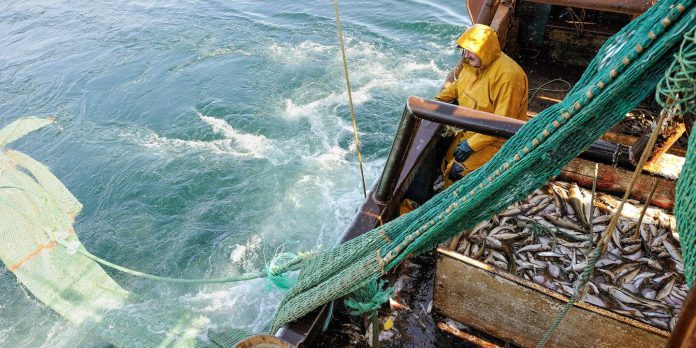Morocco’s Mediterranean ports recorded a steady rise in coastal and artisanal fishing landings during the first half of 2025, signaling positive momentum for the sector in this part of the country. According to the latest figures released by the National Fisheries Office, around 8,158 tons of fish were brought ashore between January and June, marking a 13% increase compared to the same period last year.
This boost in volume also translated into higher revenues, with the value of landings surpassing 391 million dirhams over the six-month period, up from 340 million dirhams a year earlier—an increase of 15%.
One of the key drivers behind this growth has been the strong performance of pelagic fish, whose volumes climbed 15% to reach 3,157 tons, generating nearly 92 million dirhams in revenue, also reflecting a 15% jump. Ports stretching from Tangier to Saidia served as the main hubs for these highly sought-after species, which remain popular in both local and export markets.
White fish also contributed to the upward trend, with landings slightly increasing to 1,323 tons and generating close to 52 million dirhams, a modest rise over last year’s figures.
Cephalopods, which continue to be in high demand on international markets, further strengthened their role in the Mediterranean fishing economy. Nearly 3,000 tons were landed in the first half of the year, representing a 15% increase in volume. In value terms, cephalopods brought in over 201 million dirhams, an 18% surge compared to the previous year.
Though smaller in scale, crustaceans also saw positive growth, with landings up 3% to 589 tons. Revenue from crustaceans reached over 44 million dirhams, marking a 13% increase from last year.
While these figures reflect a strong performance along Morocco’s Mediterranean coast, the national picture tells a different story. Across the country, coastal and artisanal fishing landings fell by 17%, totaling 391,353 tons by the end of June. Despite this decline in volume, the sector’s overall value held steady, generating just over 4.81 billion dirhams.





